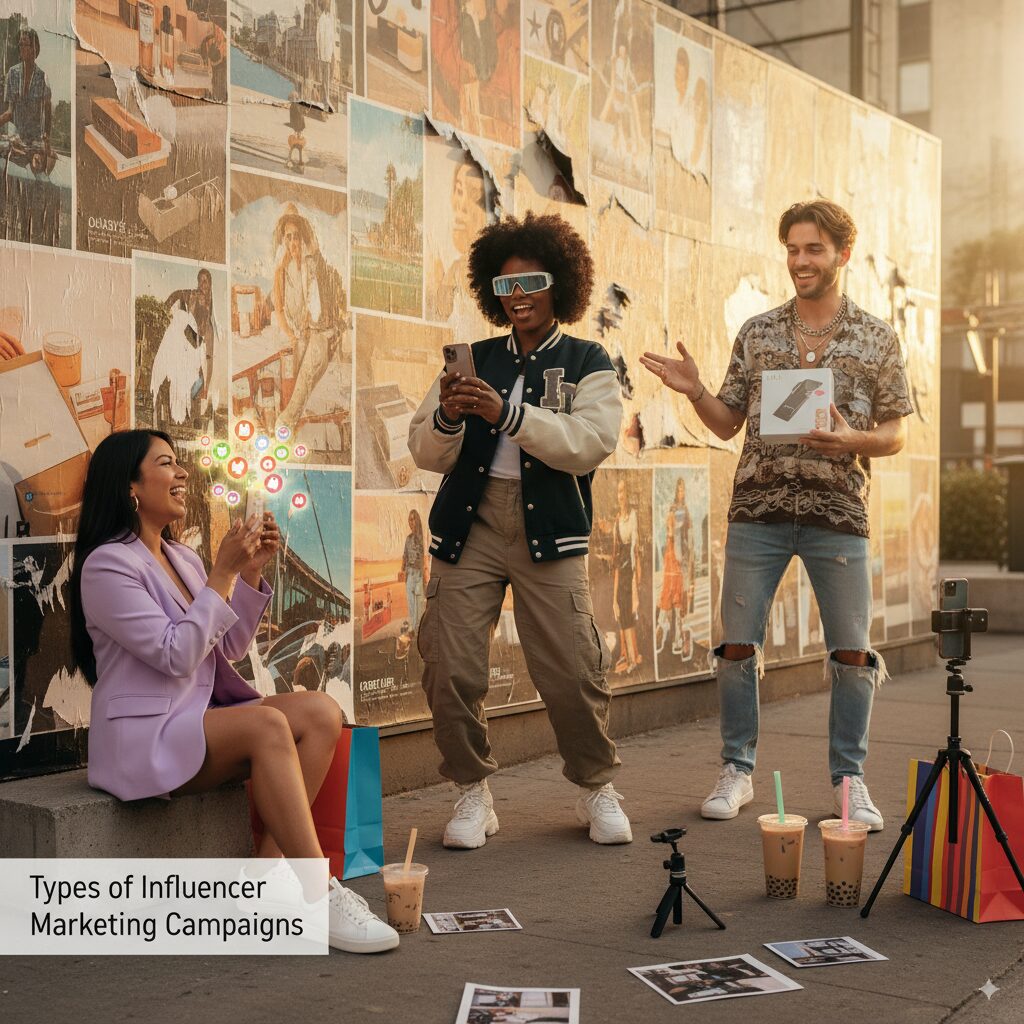In 2025, the convergence of short-form video and social commerce is no longer a novelty, it is a strategic imperative. As consumers increasingly discover, evaluate and purchase products within scrollable video feeds, brands must adapt their content, platforms and conversion pathways accordingly. This article explores how short-form video fuels social commerce, what the data reveals, and how companies can navigate this evolved ecosystem successfully.
The Rise of Short-Form Video as a Discovery Engine
Short-form videos typically under 60 seconds are now a dominant consumer medium, especially for younger audiences. One survey found that 73 % of consumers prefer short-form videos when researching products or services.
Platforms such as TikTok, Instagram Reels and YouTube Shorts are shaping attention economy dynamics. A recent report notes that these platforms act not just as entertainment venues but as search and discovery channels for commerce.
Why it works
- Attention economy alignment: With attention spans shrinking, snackable videos deliver information fast.
- Algorithmic amplification: Recommendation engines favour short-form content, increasing reach for creators and brands.
- Mobile first & vertical format-friendly: Most social media usage is mobile, and vertical short videos fit that usage pattern seamlessly.
Key data points
- Short-form videos receive about 2.5 times the engagement of long-form videos.
- 46 % of surveyed shoppers say short-form video content affects their purchasing decision.
- 93 % of marketers report having acquired new customers via short-form video ads.
Implication for brands
Discovery is increasingly happening within video scroll-feeds. Brands therefore cannot treat short-form video as a “nice-to-have” but must build it into their funnel strategy creating content that not only entertains but drives product awareness.

Social Commerce: The Seamless Checkout Within the Scroll
Social commerce refers to selling products directly through social platforms rather than redirecting users to external sites. In 2025, this capability is firmly embedded in many platforms. According to Shopify’s enterprise blog, social commerce features include live commerce, short-form video content, in-app purchases, storefronts and chat-based payment options.
Key features driving social commerce
- In-app shopping & shoppable videos: Users can tap on a product shown in a video and purchase without leaving the app.
- Live-stream shopping events: Influencers or brands host live sessions, showcase products and prompt direct checkout.
- Embedded social proof: User-generated content, peer reviews and live engagement build trust in the social commerce environment.
Magnitude of growth
One source projects that social commerce may account for 17 % of global e-commerce sales in 2025. Ecommerce Pro Another indicates that 78 % of consumers prefer learning about products via short videos a clear overlap between short-form video and social commerce.
Real-world example
Consider a cosmetics brand posting a 30-second tutorial on Instagram Reels. The video tags the featured product, users tap the tag, view a product card in-app and purchase immediately. The entire loop from discovery to purchase is closed inside the social feed.
Strategic takeaway
To capitalise on social commerce, brands must ensure their video content is shoppable, tag-enabled, mobile-first and tied into their inventory and fulfilment systems. Simply posting a video and linking externally is no longer sufficient.
Gen Z & Mobile-First Behaviour: Why It Matters
Generation Z (born between 1997-2012) is a pivotal cohort in this evolution. They are digital natives, use social platforms as discovery and commerce channels and expect seamless mobile-first experiences.
What Gen Z expects
- Authentic, less-polished content that feels relatable.
- The ability to complete purchase within the platform, without redirect.
- Content creators they can trust (often micro-influencers) rather than polished advertisements.
Implications for global brands
For markets like the Middle East, Southeast Asia or Latin America where mobile penetration is high and younger consumers dominate short-form video social commerce is a highway to growth. If a brand hasn’t localised its content (language, cultural relevance, mobile payment integration), it risks falling behind.
Strategy: Building a 2025 Short-Form Video + Social Commerce Funnel
1. Map the funnel: Discovery → Consideration → Conversion
- Discovery: Use trending audio, vertical format, short tutorials or UGC to surface in feeds.
- Consideration: Combine short-form content with testimonials, UGC reviews and product-tagged videos. For example, a 30-second “how it works” then a longer live session for deeper engagement.
- Conversion: Use in-app checkout, shoppable tags, live-stream offers, plus real-time inventory sync.
2. Content types that work
- Micro-tutorials (< 30 seconds): Quick demo of product benefit.
- Trend participation: Leverage platform trends with brand twist.
- UGC & testimonials: Social proof embedded in short video format.
- Live-stream events: Q&A, flash-offers, influencer-led demos.
3. Platform & format best practices
- Optimize for vertical orientation, mobile view.
- Tag products within video stories / posts so users can click directly.
- Keep video length concise — data suggests optimal between 21-60 seconds.
- Use captions, quick pacing, and hook within first few seconds (71 % of viewers decide within seconds).
4. Backend & operations alignment
- Ensure your e-commerce backend is integrated with social platforms (inventory, pricing, checkout).
- Use AI-driven personalization to recommend video content & products based on user behaviour.
- Track metrics: engagement, click-through from video tag, conversion rate in-app.
5. Global/local considerations
- Localise content: language, cultural norms, payment methods.
- Leverage regional platforms where relevant (e.g., in MEA/Asia).
- Align with regional mobile-commerce behaviours and logistic capabilities.
Future Outlook: What to Watch for Post-2025
Augmented reality & immersive video
Short-form video will increasingly integrate AR features e.g., “try it on” filters within a 15-second clip. Brands should experiment with interactive formats.
Voice + AI in the scroll-feed
Voice commands, generative AI video editing, and hyper-personalisation will refine the experience. Some platforms already enable auto-tagging of products in video.
Community-driven commerce
Group buys, live-stream based communal shopping (think watch-with-friends + purchase together) will become more prominent, especially in Asia and emerging markets.
Platform evolution and regulation
Platforms will push further into commerce, meaning you’ll see rising monetisation, algorithm shifts and greater competition for attention. Brands must stay agile.
Conclusion: Actionable Takeaways
- Treat short-form video as the front door of your commerce funnel not a stand-alone tactic.
- Integrate shoppable tags, in-app checkout and seamless mobile flows to capitalise on the moment of discovery.
- Prioritise authenticity: genuine creator content + user testimonials outperform polished ads.
- Localise your strategy, especially in mobile-first markets, and ensure backend systems support real-time commerce.
- Invest in future-proof capabilities: AR/AI, live-video, community shopping.
By aligning content, commerce and platform behaviour into a unified strategy, brands can turn “scrolling” into “buying”. The era of short-form video + social commerce is here and 2025 is the moment to lead.



